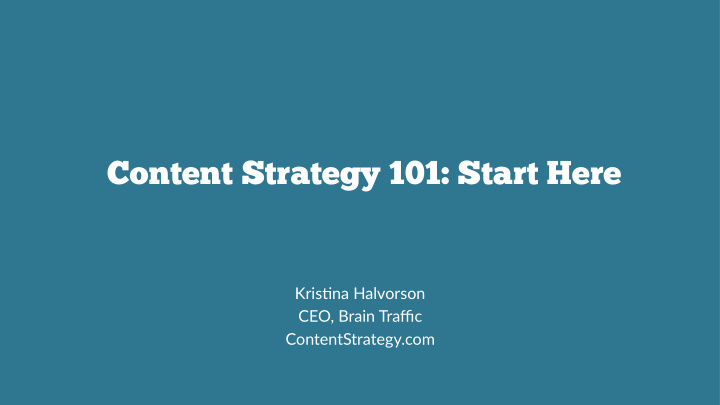



How do you find them? • Individual interviews: an interviewer talks with one user (typically by phone) for 30 minutes to an hour. • Focus groups: moderated discussion (typically in person) that typically involves 5 to 10 participants. • Customer feedback form: open-ended and/or close-ended information provided by a self-selected sample of users, often through a feedback link, button, form, or email.
How do you find them? • True-intent studies: a method that asks random site visitors what their goal or intention is upon entering the site; measures their subsequent behavior; and asks whether they were successful in achieving their goal upon exiting the site. This requires behavioral analytics capabilities on a website. • Intercept surveys: a survey that is triggered during the use of a site or application. • Email surveys: a survey in which participants are recruited from an email message.
Designing the research • We wonder …This is the question you hope to answer through user research. • We care because … This is why the information is important to your project. • We assume … This is what you assume to be true based on your discovery work. • We know … This is anything you feel confident you actually know about users.
We wonder … We care because … We assume … We know … Do prospective It affects who we Kids who are students write financing Parents who are paying their graduating from and financial aid paying for own way need high school care messages for college care this information as much about and where we more than their to even consider money as their house that children. our school. parents do? information.
Design your research
To make the best use of your time and truly do just enough research, try to identify your highest-priority questions—your assumptions that carry the biggest risk. - Erika Hall
Content ecosystem map
Sketch your ecosystem
Content inventory
Reasons to do an inventory • Build a business case for content strategy • Prepare for re-architecting the website • Prepare for content migration • Determine content ownership • ROT analysis
ANALYSIS (or, “What does it all MEAN?”)
A findings report is a record of all the information you learned during discovery. A situation analysis summarizes your thinking about your findings, highlighting what’s important and why.
Now you must 1. Goals that will inform the strategy confirm, 2. Prioritized audiences decide, and/or 3. Which inputs will inform strategy (and which will not) align on …
Let’s try this framework!
WEAKNESS THREAT (or, risks)
3 weaknesses = many opportunities
• What content is currently performing • What content is underperforming or well (analytics, user feedback, ROTting? Why? competition)? Why? • How is the content failing to meet user • Where are things optimized for the needs or business/team objectives? current environment (content, tools, • Where are there disconnects among workflow)? How do you know? stakeholders? Why? • Where is the organization aligned on content purpose and priority? STRENGTHS WEAKNESSES OPPORTUNITIES THREATS • Where are the key areas of content- • If you don’t take action on these key focused e ff orts you see providing the opportunities, what are the risks? most value to your users ? Why? • What information are you missing that • Where are the key areas of content- you should have prior to making focused e ff orts you see providing the decisions on strategy? most value to your business ? Why?
1. Project scope and purpose 2.Business/team goals 3. Priority audience needs 4.Themes (e.g. outdated CMS, lack of resources, no user research, competing priorities), to include: Here is your • S, W, O or T analysis outline! • Proof points • Risk of not addressing 5. Recommended next steps (e.g. get research, complete full content audit, move forward with setting strategy) 6. Sign o ff
FACILITATORS’ GUIDE TO PARTICIPATORY DECISION MAKING
3. Setting Strategy
Recommend
More recommend